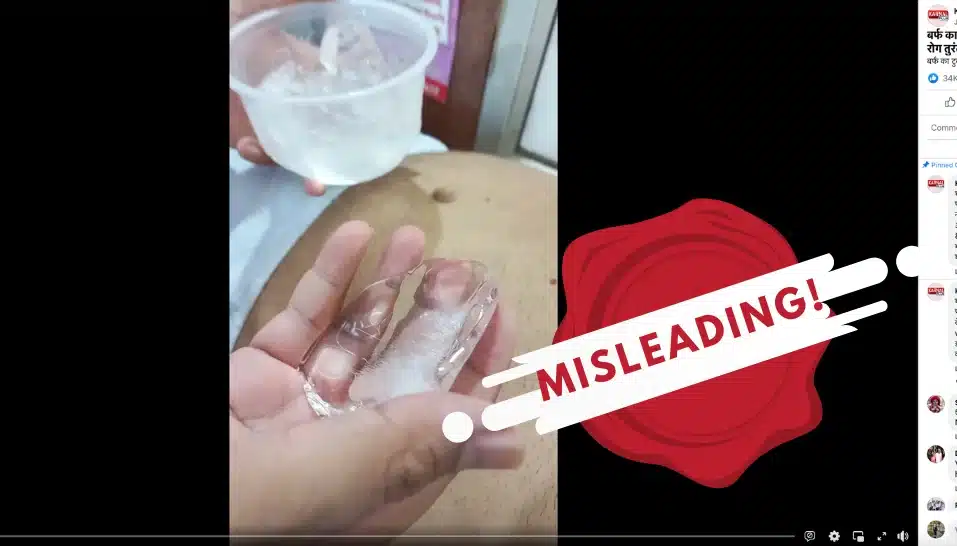While compulsive ice eating or pagophagia is a health condition that calls for medical attention, chewing ice can also lead to dental problems, like enamel loss and tooth decay. Prolonged application of ice is also known to cause tissue damage.
What if a video on social media told you that ice is the panacea – the ultimate medical miracle – for all your health problems? A video on Facebook, claiming that ice can remedy a plethora of health issues, such as heel spur, swelling due to injury, migraine, back pain, cervical pain, frozen shoulders, sciatica, and indigestion, to name some, has garnered over 3.6 million views at the last count.
This begs the question – is ice truly the answer to all health problems? While studies show that ice has a strong short-term analgesic effect in many painful conditions, particularly those related to the musculoskeletal system, most of the other claims are unsubstantiated or exaggerated.
Dr Maulik Patel, a consultant physician from Gujarat, India, puts in a word of caution. “Icing an injury can help reduce swelling and pain. Ice causes vasoconstriction or narrowing of blood vessels. When this happens, less blood reaches the injured area. There are limits to how long you should keep ice on an injured body part – not more than 10 minutes at a time. Longer applications may cause tissue damage,” he says.
Incidentally, compulsive ice eating or pagophagia is a health condition that calls for medical attention. Also, chewing ice can lead to dental problems, such as enamel loss and tooth decay.
The bottom line is that while ice can help provide relief from certain symptoms, it is not really a cure. If the symptom persists, it’s important to consult a doctor for a proper diagnosis and appropriate treatment.

















